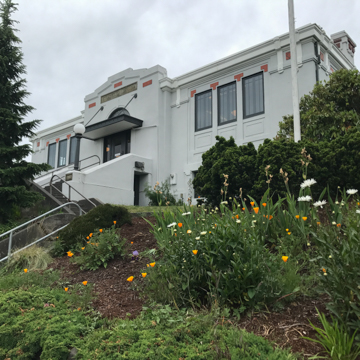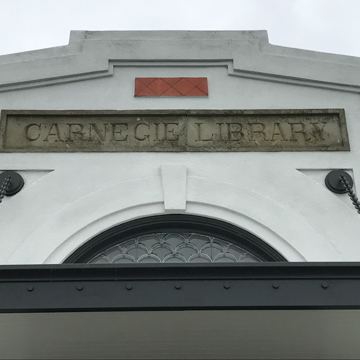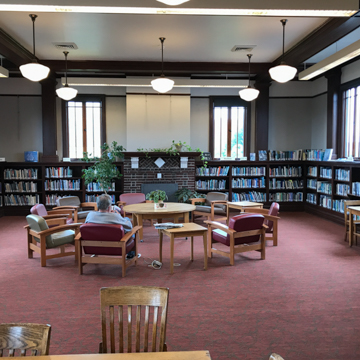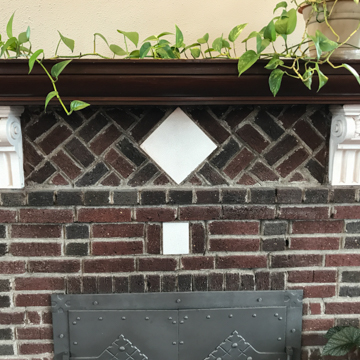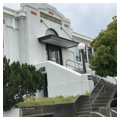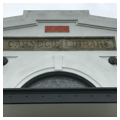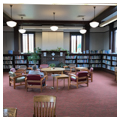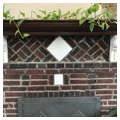You are here
Port Townsend Public Library
Built in 1913, the Port Townsend Public Library has had a long, rich, and influential impact in the community. The current building’s history dates back to 1898, when a civic group consisting of well-to-do women created the Port Townsend Library Association with the goal of having a building constructed in its honor.
Around the turn of the century, the first incarnation of the public library was held in a room on the second floor of the Central School (now a community center) and was staffed by volunteers a few nights a week. Patrons had to pay membership fees of one dollar a year but the library proved popular, circulation rates were high, and demand grew quickly to hire a permanent librarian. By 1904, the Port Townsend Library Association had negotiated and purchased two lots a few blocks from downtown, on Lawrence Street, where the current library stands. A wooden sidewalk was laid out long before a building was ever constructed. With the land, the sidewalk, and a general plan for the layout in its possession, the association sought funds from the Andrew Carnegie Foundation in 1907.
By 1910, citizens sent a petition to the city council to make library membership free, and the motion was granted in 1911. At the time, negotiations were still ongoing with the Carnegie Foundation and frequent local fundraisers were held for library maintenance. In November 1912, the Carnegie Foundation gave the city $12,500 to build a free public library on the condition that the city maintain the building and furnish salaries. Harold H. Ginnold, who had worked on other Washington Carnegie libraries in Renton and Port Angeles, was selected as the architect. The grand opening was held on October 14, 1912.
Ginnold provided the two-story library with a Classical Revival design with Georgian features, including a symmetrical, concrete exterior and large chimneys marking the ends. Leading up to the entrance are three flights of staircases—two of which extend to the street level and culminate in a principal flight in the manner of the Baroque. For much of the library’s history, the facade was obstructed by ivy, but following a 2014 renovation, it has once again become visible.
In 1988, a renovation and 4,500-square-foot addition to the south (which now serves as the main entrance) was completed by C. Lewis Wilson and Company. In 2014, after another two-year, $3 million renovation, the library was re-opened with new shelving, computer stations, automated check-outs, and reading rooms. The original brick fireplace and wood paneling with Doric pilasters on the second floor are still intact.
Port Townsend is apparently one of the most well-read communities in the state. The library boasts the highest circulation per capita in Washington, demonstrating how the library remains a relevant and significant building in the city.
Writing Credits
If SAH Archipedia has been useful to you, please consider supporting it.
SAH Archipedia tells the story of the United States through its buildings, landscapes, and cities. This freely available resource empowers the public with authoritative knowledge that deepens their understanding and appreciation of the built environment. But the Society of Architectural Historians, which created SAH Archipedia with University of Virginia Press, needs your support to maintain the high-caliber research, writing, photography, cartography, editing, design, and programming that make SAH Archipedia a trusted online resource available to all who value the history of place, heritage tourism, and learning.

